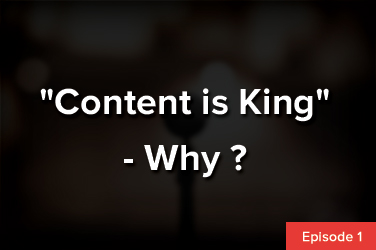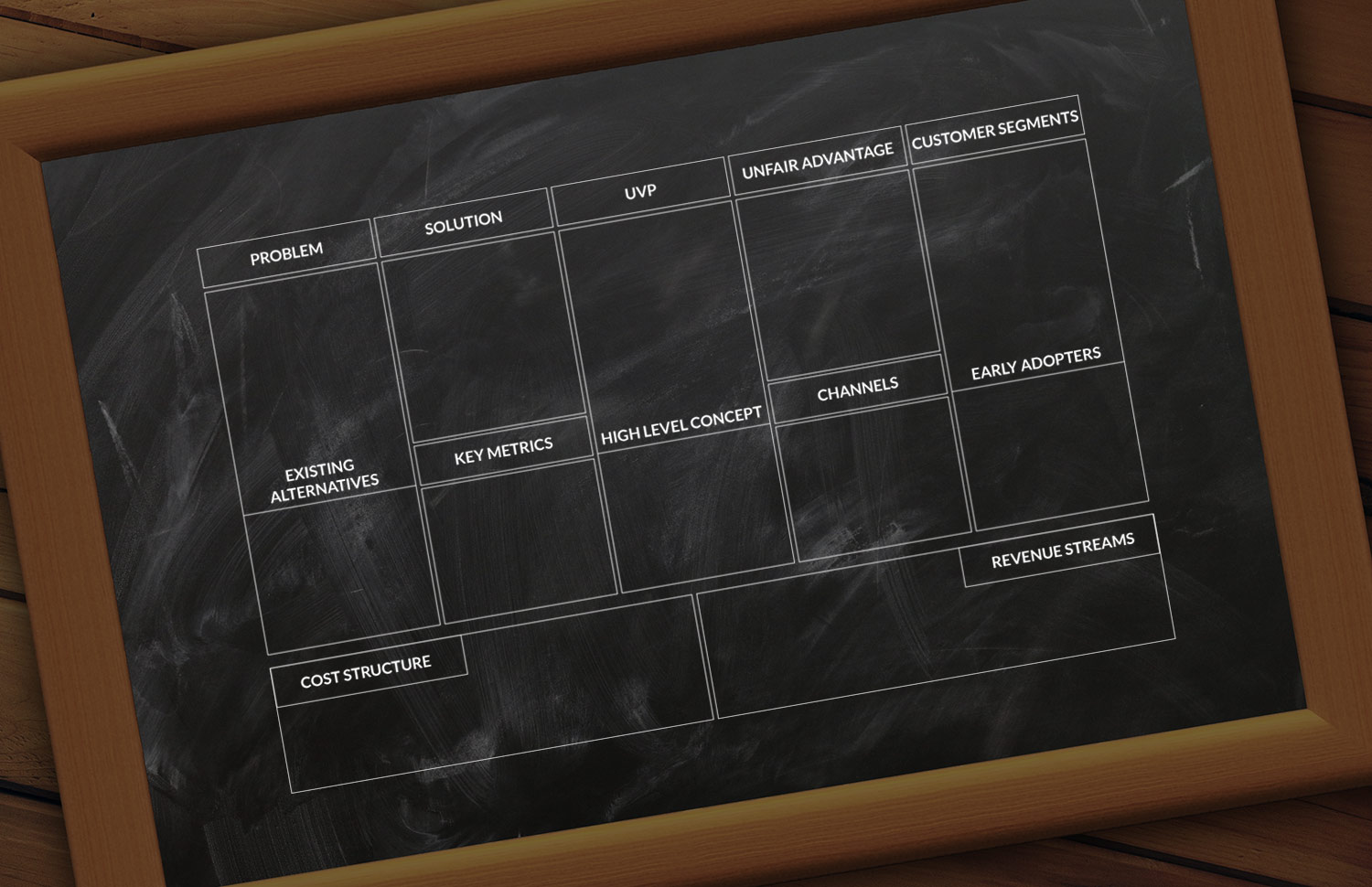Why People Buy? What key factors determine they would do business with you?
Podcast EP07 Show Notes: Today I have Startup Consultant Ashish Pandey with me on the show. And we are talking about “Why people buy” – what makes them buy from a certain brand and how you can use these insights to boost your sales. Next Step: Trust & User expereince is what makes people buy […]
Show Notes:
Today I have Startup Consultant Ashish Pandey with me on the show. And we are talking about “Why people buy” – what makes them buy from a certain brand and how you can use these insights to boost your sales.

Next Step:
Trust & User expereince is what makes people buy a product or service. If you’re struggling in your business to grow sales then it might be you have problems in these two areas. Ashish is an expert on these matters. You can book a free 1on1 consulting session with him. In which he will take you through a series of questions to find out the problem and give you the right path & plan you need to follow for the success. You can find a time to talk with him here.
Archives by Month:
March
- Why People Buy? What key factors determine they would do business with you?
- Special Guest – Raj Smriti
- Let’s catch the Thief that is stealing your success



February
January
- The 5 Sins of Marketing to avoid for success
- How to charge what you’re worth?
- Ever heard “Content is King” – Why ?



July
- 20 Myths About Business Success Revealed
- 4 Ways to Stop Burning Money in Ads but Still Get More Customers?
- What’s the Key to Creating Successful Conversion Content? and Grow Sales!
- Inbound Marketing – Perfect For People Who Hate Selling
- The Worst Advice We’ve Ever Heard About Sales





March
- What is Buyer’s Journey & Why it matters for your business?
- 4 Reasons why your Marketing efforts are not paying off or converting?
- The Benefits of Buyer Personas and How to Get Started?
- Why We Don’t Sell Any Project Without Discovery?




February
- 10 signs your website might be ready for an upgrade
- Why your business needs a technical co-founder…and where to find one?


January
December
- Startups Business – Determining if Your Business is Ready for Funding
- Five steps to attract investors
- How to Make a Successful Startup Business Plan.
- 10 Common Mistakes New Businesses Make




November
- 10 Crucial Errors to Avoid for Startup Businesses
- Spread the Word: 4 Ways to Enhance Your Online Presence
- $100 website vs a $10,000 website? What’s the difference?
- Brochure Website vs. Sales Person Website – What Really Works for You?
- $10,000?! For a website? Is a website worth that much ?












